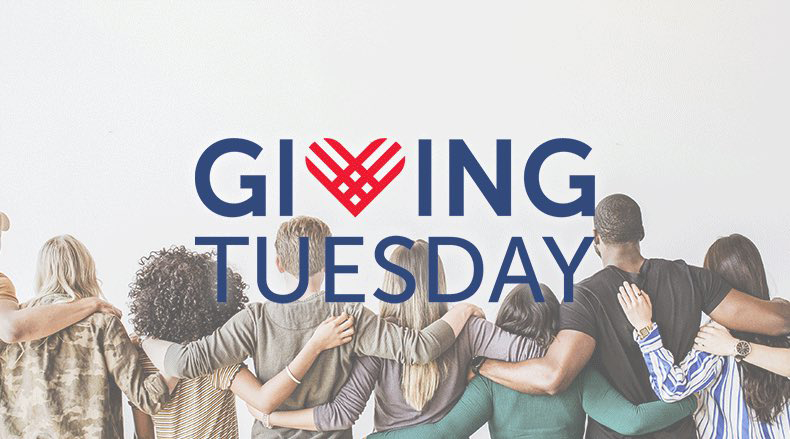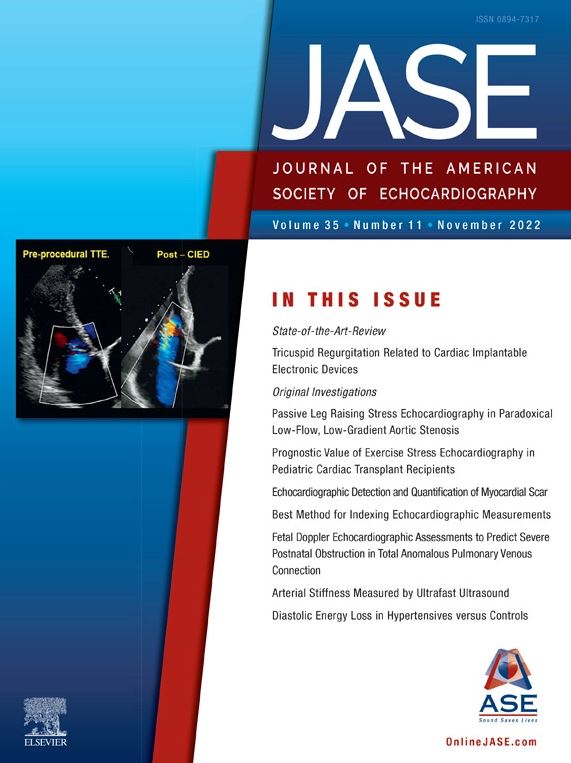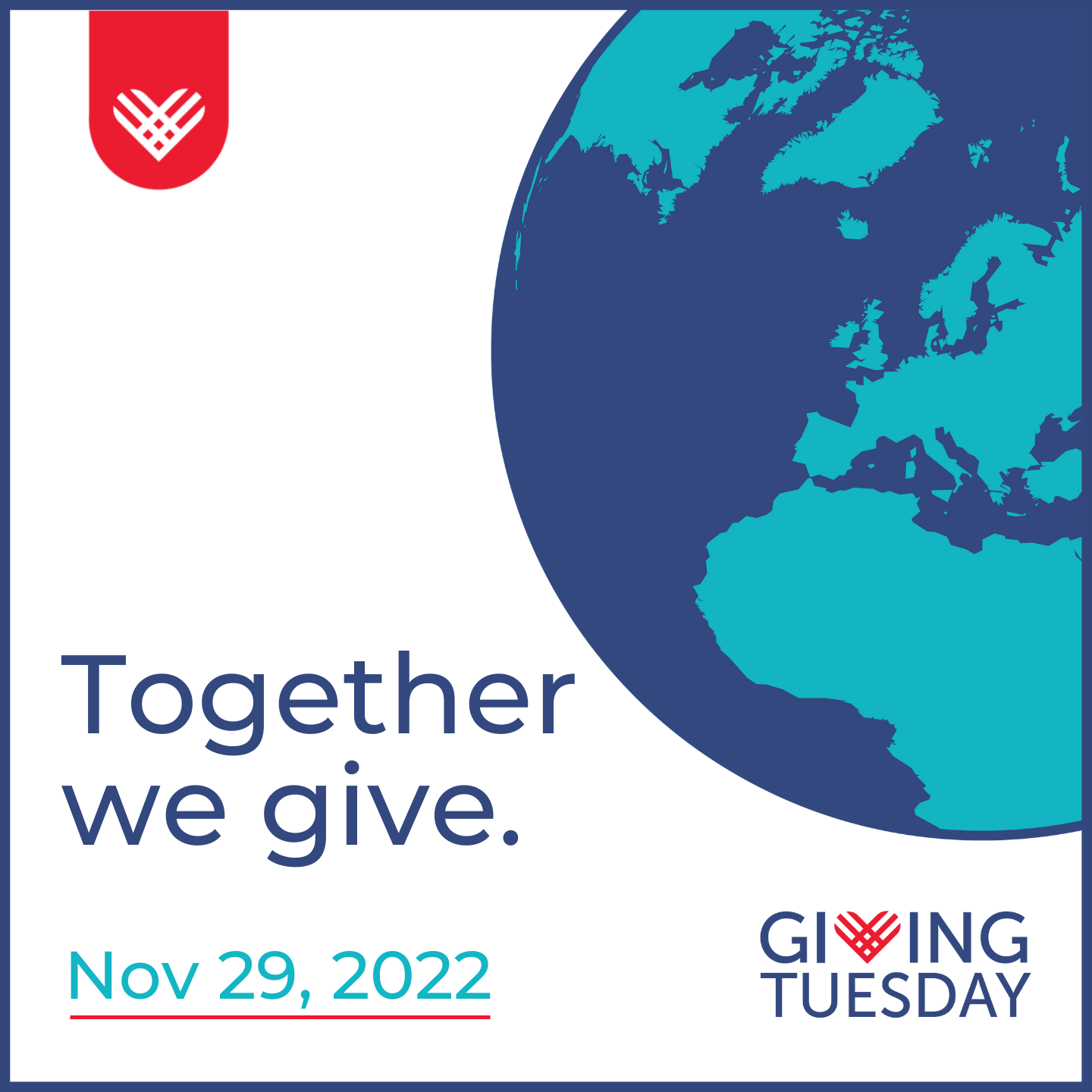Hello, and Happy GivingTuesday! The ASE Foundation is thrilled to participate in this global giving movement for the 10th year in a row. To mark the occasion, we set an ambitious fundraising goal of $30,000. Will you join the movement and help us reach our goal?
Follow this link to make your donation today. Your contribution to the ASE Foundation is an investment in the future of cardiovascular ultrasound and directly impacts the scope and success of our 2023 initiatives. No matter where your heart lies, the Foundation can support your passion and you can take pride in knowing that 100% of your donation goes back out into the field.
On this special day, we ask that you remember the ASE Foundation. Donations towards our $30,000 fundraising goal will be accepted through December 3. When you donate, let us know what inspired your contribution on social media. Remember to include #GivingTuesday and tag @ASE360.






